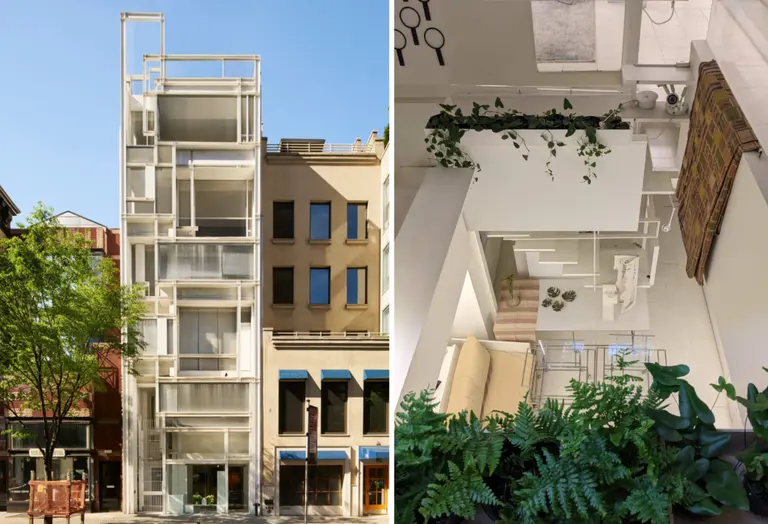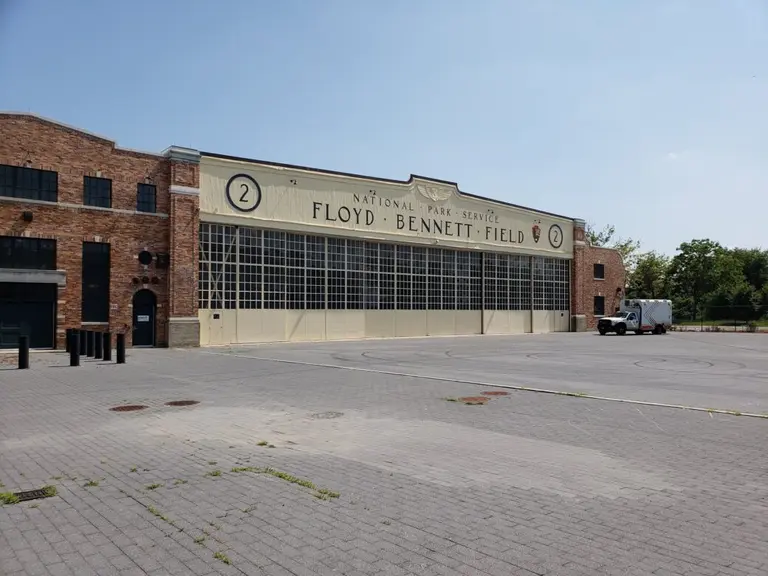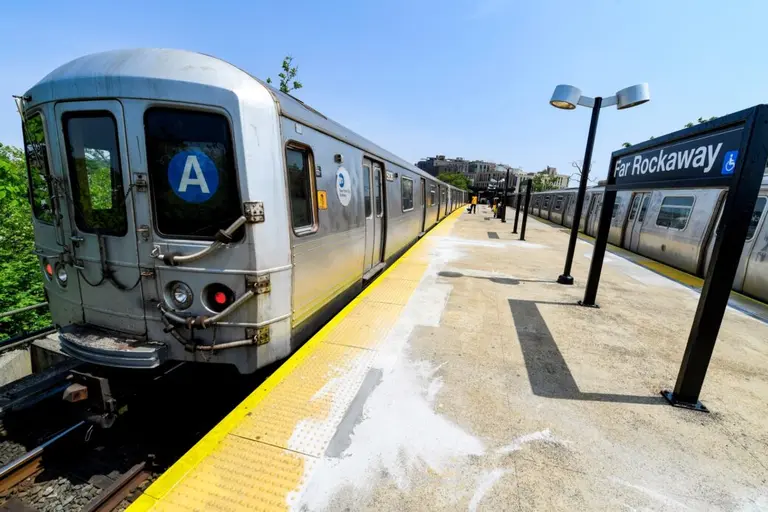NYC businesses on car-free ‘Open Streets’ prospered during the pandemic, report says

Image courtesy of Eden, Janine and Jim on Flickr
New York City businesses on streets closed to cars under the Open Streets program reported better sales than those located on streets with car traffic, according to a new study. The city’s Department of Transportation on Tuesday released a report that highlights for the first time the positive economic impact of the Open Streets program, which was established at the start of the pandemic as a way for New Yorkers to remain safe and later grew into a lifeline for restaurants and bars. According to the report, Open Streets saw more new businesses open during the pandemic, stronger sales, and a higher number of restaurants and bars stay open than on similar commercial corridors not participating in the program.
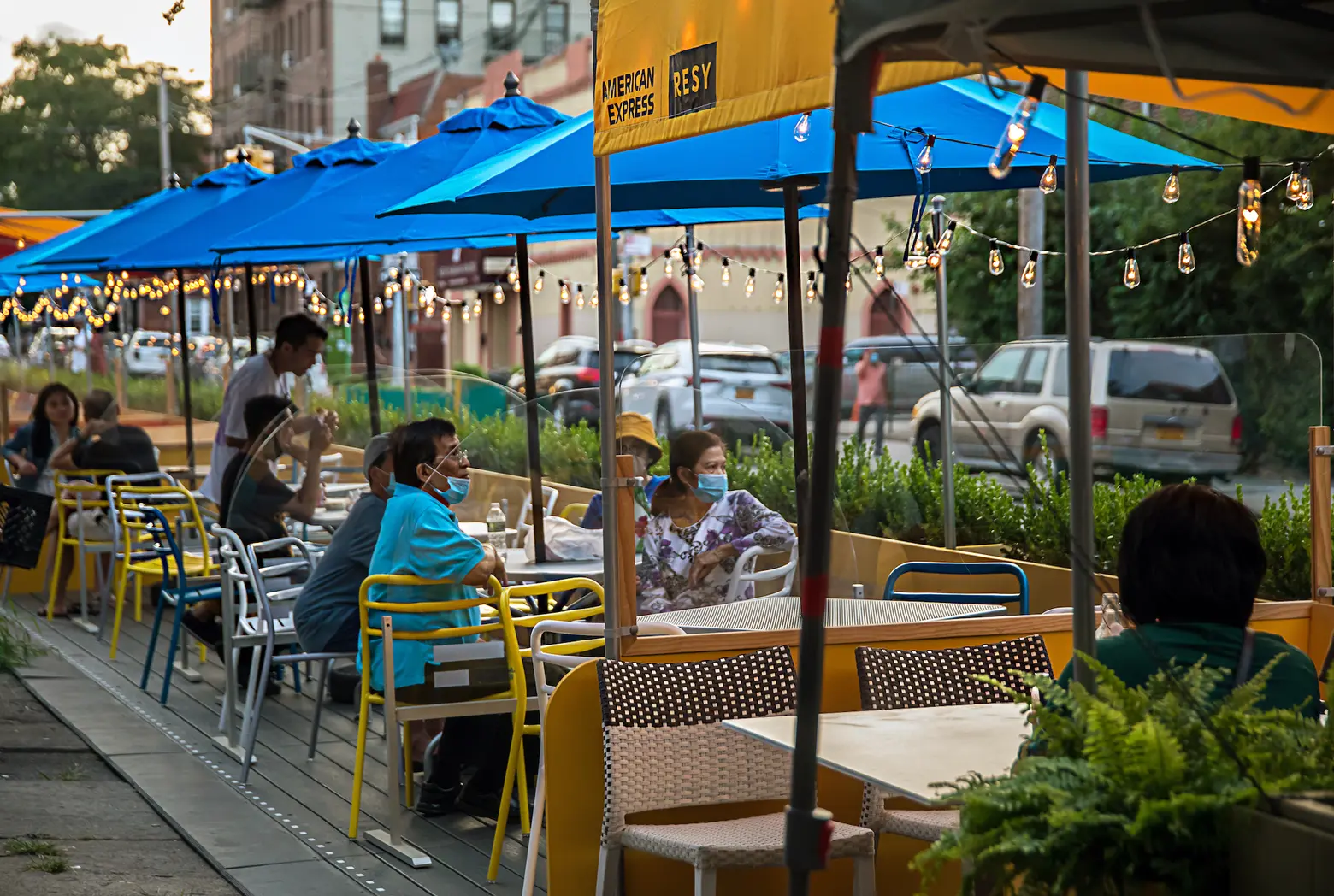
Photo courtesy of Kamila Harris for Rockwell Group
The city’s Open Streets program was first established in 2020 as a way for New Yorkers to stay safe outside during the pandemic. As part of the initiative, streets across the city are closed to vehicle traffic and instead made as space for outdoor recreation by New Yorkers. The program was made permanent in April 2021.
Open Restaurants grew as an offshoot of Open Streets, with more than 12,000 restaurants and bars constructing outdoor dining facilities to allow businesses to remain open while indoor dining was prohibited.
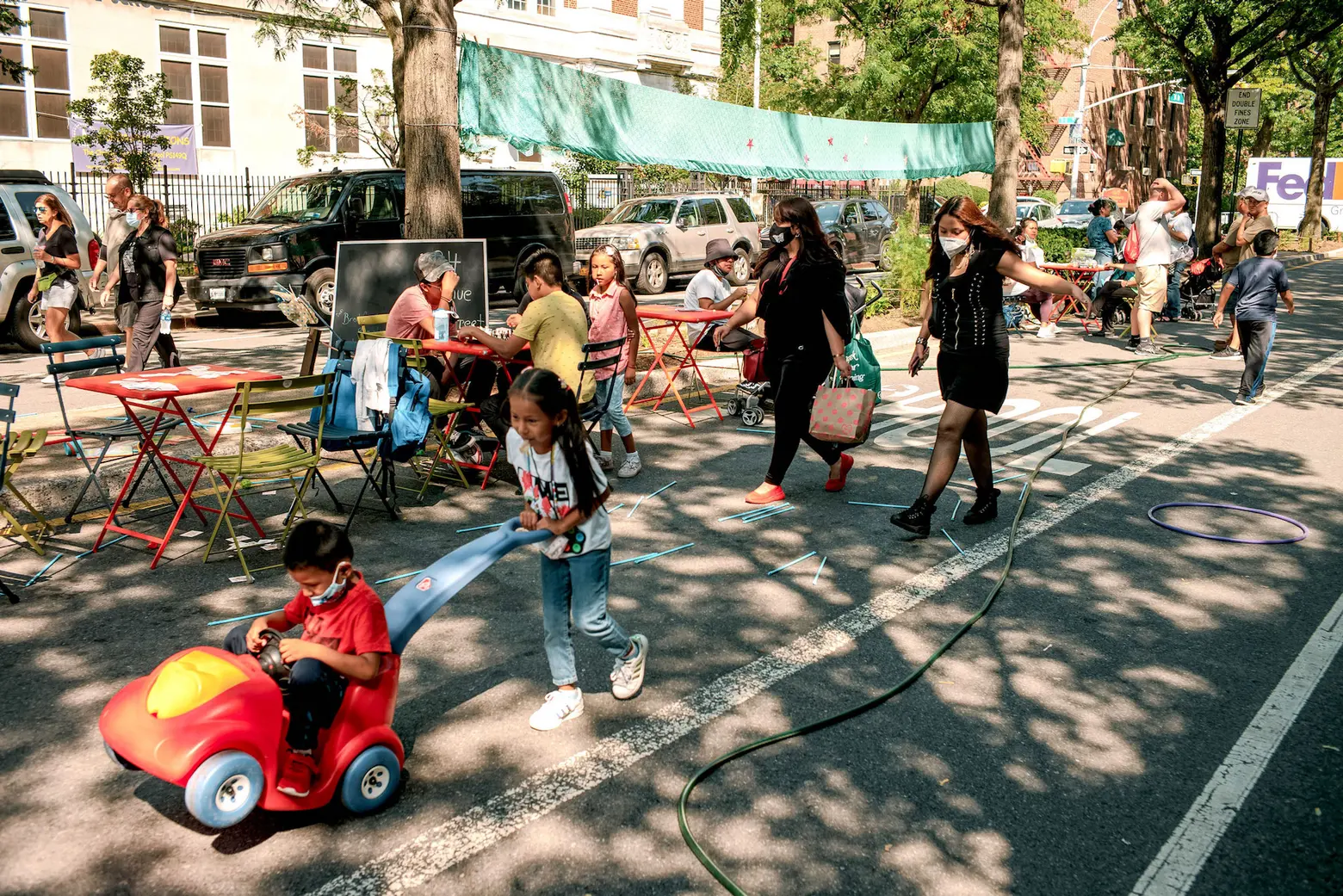
Photo: Transportation Alternatives
The newly-released city report, developed in collaboration with Bloomberg Associates, analyzed the total taxable revenue earned by restaurants and bars on five Open Streets across the city, including in Astoria in Queens, Chinatown and Koreatown in Manhattan, and Park Slope and Prospect Heights in Brooklyn.
The report’s executive summary outlined four key findings. Using sales growth, change in the number of establishments, and survival of businesses as metrics, the report found that:
- Open Streets outperformed nearby closed corridors on all three metrics,
- Sales growth at restaurants and bars on Open Streets was significantly larger than other businesses in the same borough not located on an Open Street,
- A higher percentage of restaurants and bars on Open Streets were able to stay open during the pandemic than others in the same borough, and
- All Open Streets experienced faster growth in the number of new establishments during the pandemic than the rest of the businesses in the same borough.
According to the report, the average total revenue for these five areas was approximately $6 million from June 1 through August 31, 19 percent higher than the average of $5 million during the three years leading up to the pandemic.
On the other hand, restaurants and bars near these Open Streets in areas not closed to traffic experienced a 29 percent drop in their total taxable revenue or $3.6 million instead of their $5.3 million average pre-pandemic.
The report shows that Open Streets even attracted new businesses to move in during the pandemic, with the average number of restaurants across these five Open Streets increasing from 92 to 101 during the summer of 2021.
On other commercial streets with car traffic, the average number of restaurants and bars decreased to 80 from an average of 103 before the pandemic.
“This detailed report, supported by Bloomberg Associates, is the first comprehensive and empirical look at the economic benefits of Open Streets — and the results are stunning,” Ydanis Rodriguez, DOT Commissioner, said in the report.
“Through data from the Department of Finance in five different neighborhoods, the report proves what we have all seen with our own eyes for two years: New Yorkers not only love dining outdoors, when given the choice, they prefer to spend their time and money along car-free Open Streets.”
The report comes as the city is working to make the Open Restaurants program permanent. Earlier this month, a state court dismissed a lawsuit that had been stalling the establishment of a permanent outdoor dining program. The City Council in February approved a zoning amendment and is currently working with the Adams administration to finalize rules and regulations surrounding the program.
RELATED:


